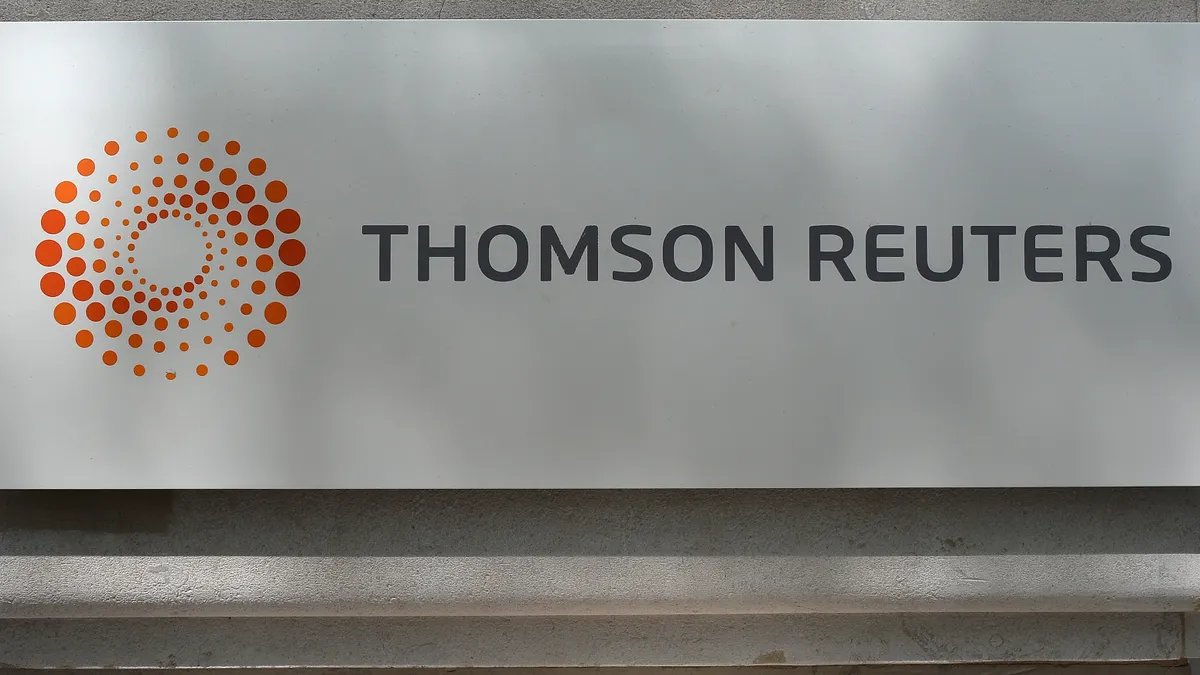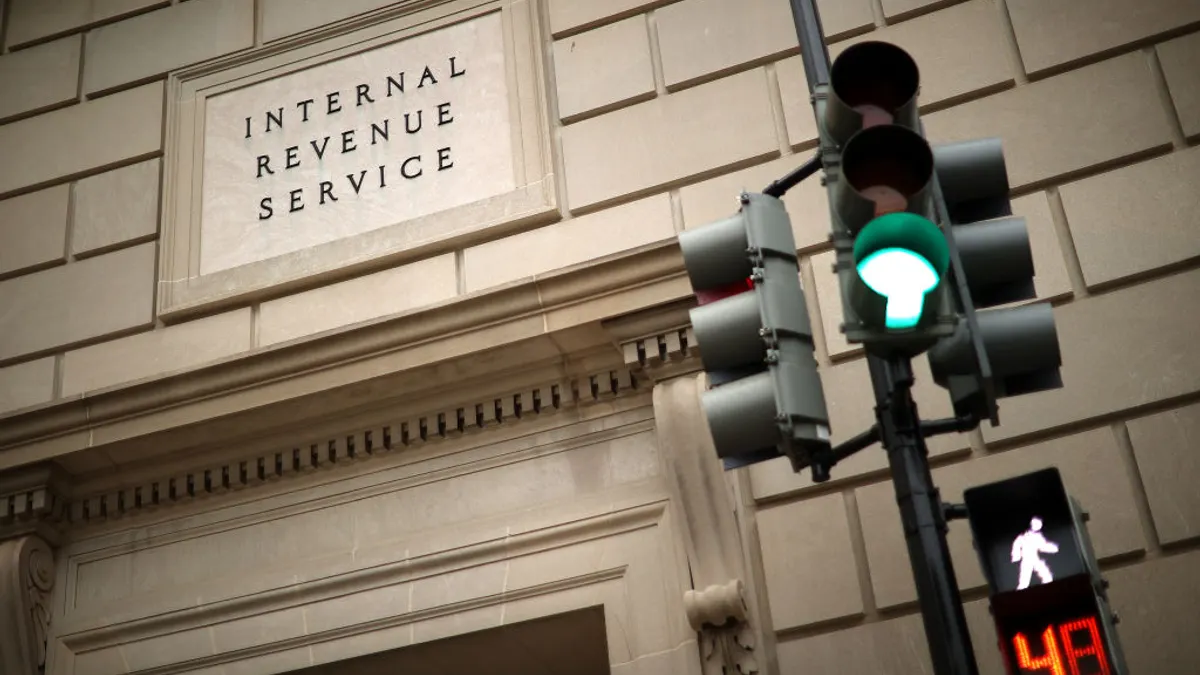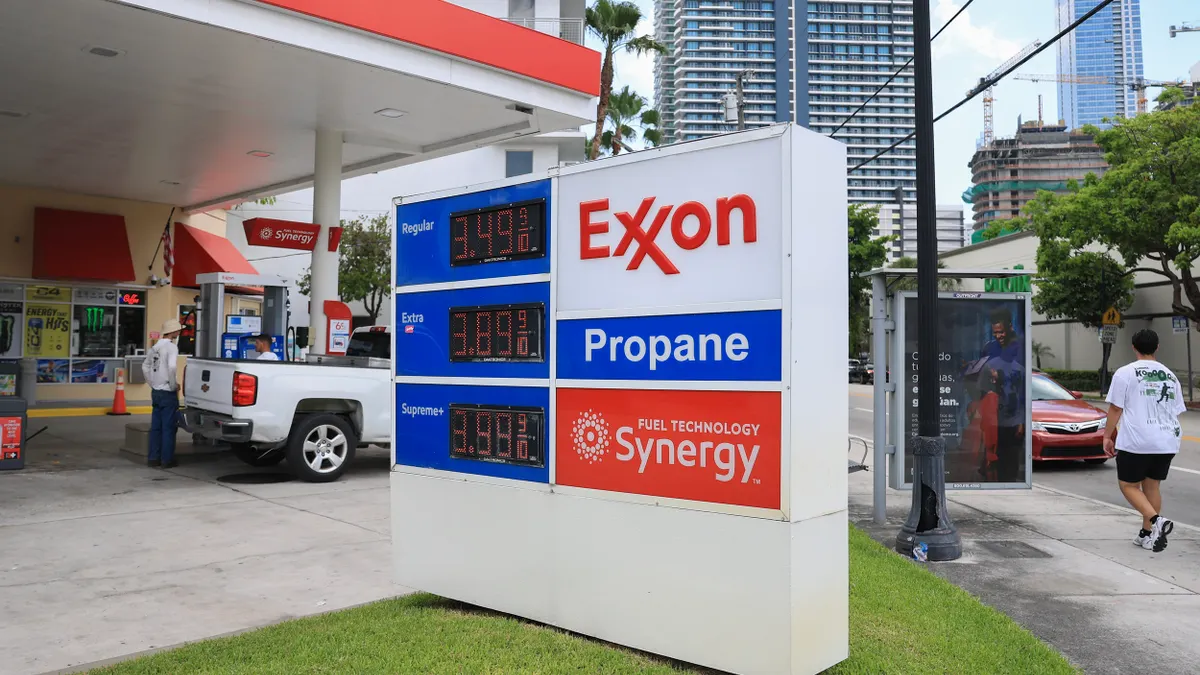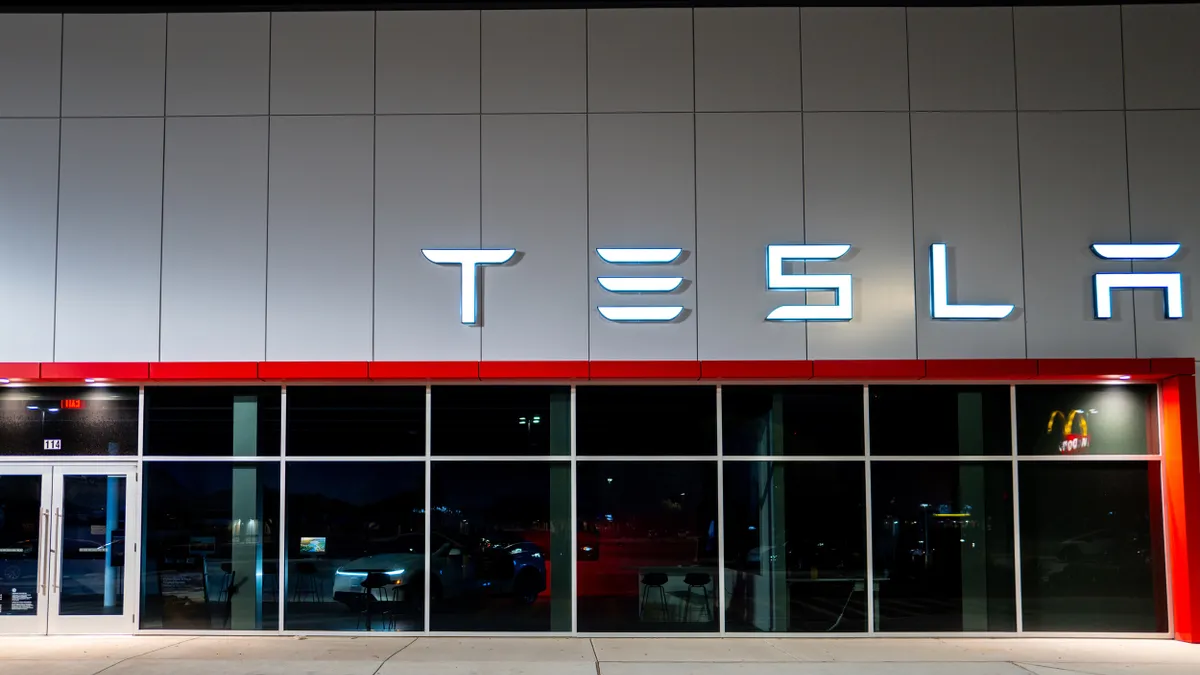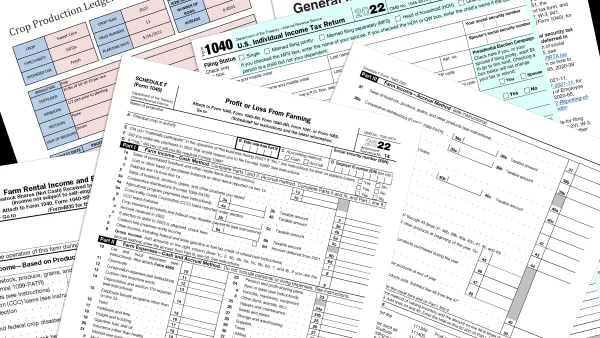Tax compliance is a familiar challenge to CFOs — but in a world where technology is advancing rapidly, digital risks are growing and new reporting requirements are cropping up, meeting that challenge is steadily becoming more complicated.
Today’s tax regimes are becoming both “more real time and more advanced,” said Ray Grove, head of product, corporate tax and trade for Thomson Reuters. Grove joined the Toronto, Ontario-based Thomson Reuters, a news and information service provider, in 2020 from Big Four firm Ernst & Young, according to his LinkedIn profile.
Historically, tax was done “periodically” and by looking in the rearview mirror. That’s changed with the advent of solutions like e-invoicing, which made the collection of needed information easier, Grove said in an interview.
“What we're paying a lot of attention to is the shift that's happening from a look back tax system to really a look forward tax system,” Grove said in an interview.
Expectations outstrip readiness
Regulators and tax authorities today are weighing multiple new requirements in a number of fast-changing areas, including new environmental, social and governance guidelines, cybersecurity and changes in corporate tax requirements.
Today’s CFOs — who with CEOs bear much of the weight of an organization’s regulatory requirements — are faced with the challenge of both complying with these new rules and marshaling the information needed to do so in a quick, efficient manner.
Here, advancing technology represents something of a double-edged sword for companies; while automation can help aggregate information much more quickly, technology is now in a place where tax regimes “have a new expectation on organizations” to be able to collect and to send a growing amount of information, Grove said.
This puts more pressure on finance and tax leaders to consolidate more information, faster, to stay compliant, and in many cases, the readiness of the governments is “ahead of the readiness of the organizations to be able to comply,” Grove said. “And that's more often than not where you see delays and implementation of new requirements is because the organizations just frankly aren't ready.”
The very first step CFOs need to take to address this is assessing how their business approaches tax compliance, Grove said. Considering whether to outsource certain processes, what tools they have in place and most crucially, the people needed to ensure compliance is essential. Finance chiefs need to hunt for talent in this area that not only have a wealth of tax knowledge, but are skilled with data analytics and the tools needed to prepare them; the “tax professional of tomorrow is…somebody who's a technologist as much as they are a taxologist,” he said.
Clearing the ‘data swamp’
Talent is only piece of the tax puzzle: another wrinkle is that much of the information now needed to comply is data that is not necessarily viewed as tax information, Grove said.
Consider the information required for companies to comply with directives such as the Organisation for Economic Co-operation and Development’s Pillar 2, for example. While not enacted in the U.S., Pillar 2 establishes a global minimum effective tax rate for cross-border profits, and U.S. companies with operations in countries where it has been enacted will be subject to its requirements, according to a summary by PricewaterhouseCoopers.
For some organizations, “maybe 40% of their data is in their ERP systems to be able to comply” with Pillar 2, for example, Grove said. “So now they're having to go into different systems, different applications, meet different needs.”
That means breaking apart existing data siloes; wading through vast “data lakes” or “data swamps,” as Grove terms them, of both structured and unstructured data to find the necessary information.
“For most organizations, their data lake is a bunch of files, a collection of data assets that had been touched along the way to get there, to where you have really just filthy data that's sitting there that isn't something you can rely on,” he said.
Companies and their finance leaders need to ensure they are adjusting their workflows alongside their technologies to be able to access the data they need and keep pace with the changing tax environment, Grove advised. While upgrading one’s ERP system is a goal that many CFOs are closely tracking, “if you think about it, going from an old ERP system to a new ERP system, that doesn't necessarily change the way that you work,” he said. “It just changes a lot of where your systems and data is located.”
“There's truth in data, but without truth in process, you can't have truth in data,” he said. “And a lot of organizations have very broken processes.”



